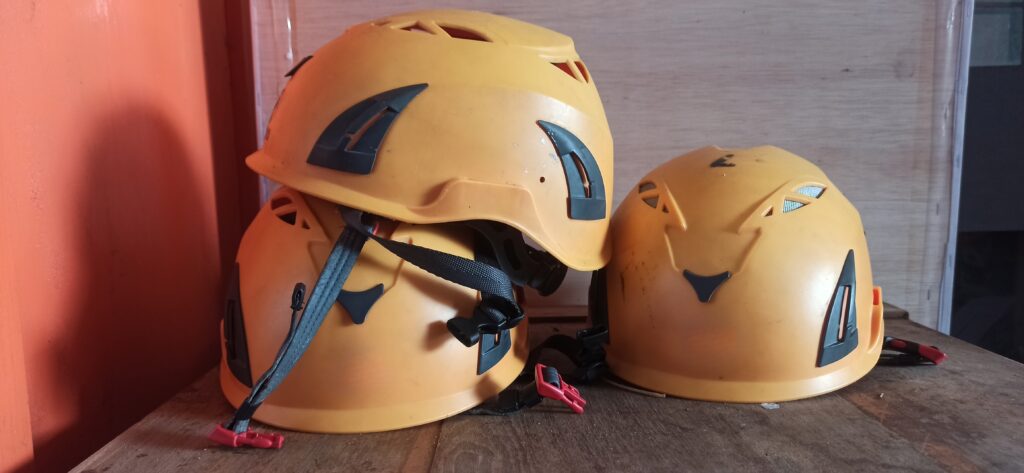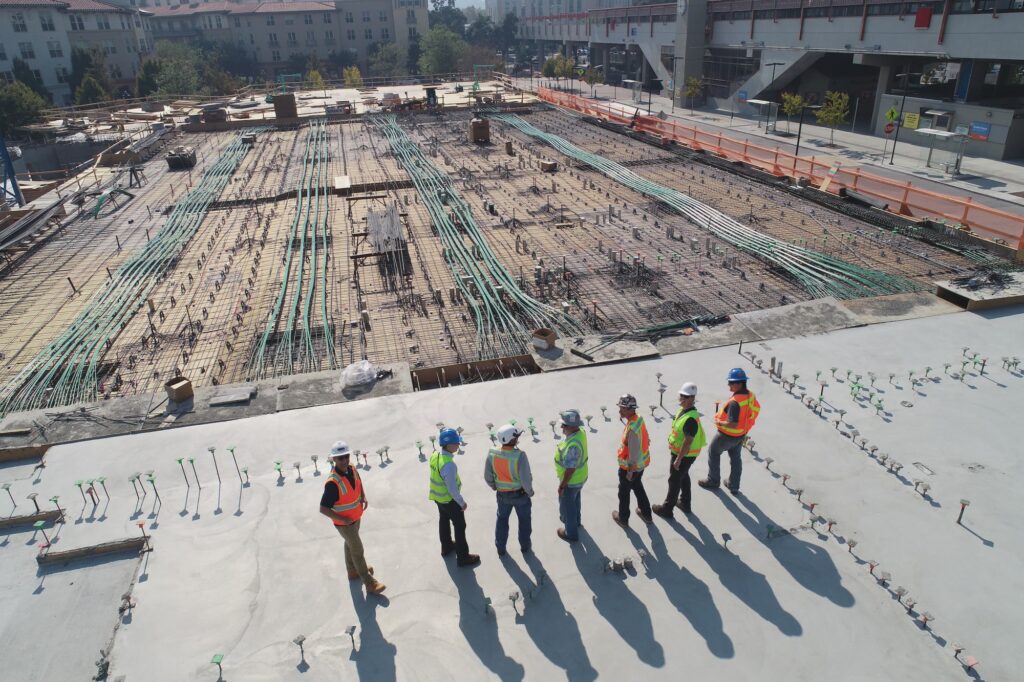The International Safety Equipment Association (ISEA) recognizes and appreciates the work being done to advance understanding of head protection. The recently released Virginia Tech Construction Helmet Ratings provide new data on certain types of fall impacts. However, it is essential for employers, safety professionals, and workers to understand what this study is — and what it is not.
OSHA regulations require workers to wear head protection that meet the ANSI/ISEA Z89.1 standard whenever head protection is required. This is the official standard for workplace head protection, ensuring products are rigorously tested to perform in real-world industrial conditions.
“We appreciate the work Virginia Tech is doing to advance understanding of head protection,” said Cam Mackey, President & CEO of ISEA. “Their new Construction Helmet Ratings provide some interesting data about certain types of fall impacts. But OSHA compliance with ANSI/ISEA Z89.1 is where employers and workers must start. Ratings like Virginia Tech’s can be helpful as additional information, but they don’t replace the standard or the rigorous testing process behind it.”
The Virginia Tech study does not test for ANSI/ISEA Z89.1 compliance. Instead, it uses one uniform testing method for all helmets, including:
- Type I helmets, designed to protect against falling objects, and
- Type II helmets, designed to protect against falling objects and from side impacts
These helmets are designed for different hazards and exposures. Testing them the same way can create results that don’t tell the full story. A helmet with fewer stars may still provide excellent protection, be fully compliant with OSHA rules, and be entirely appropriate for many jobsite hazards.
“As safety equipment professionals, our top priority is ensuring that workers are protected with the right equipment for the hazards they face,” said Stacey Simmons, Chair of ISEA’s Head Protection Product Group and Strategic Account Manager at Bullard. “ANSI/ISEA Z89.1 exists to provide that assurance. It’s critical that employers and workers understand the differences between helmet types and select products that comply with OSHA regulations and are suited to the jobsite’s specific risks.”
ISEA and its members are looking ahead to the future of head protection. The ANSI/ISEA Z89.1 standard is currently being revised to include enhanced testing protocols for helmets with advanced protective features. The updated standard, expected early next year, will help ensure workers have access to a wider range of safe, high-performance helmets as jobsite hazards evolve.
ISEA’s guidance to employers and workers:
- Always begin with a job hazard analysis to determine the right type of head protection for the task.
- Ensure every helmet meets ANSI/ISEA Z89.1, as required by OSHA.
- View third-party ratings like Virginia Tech’s as additional information, not a replacement for compliance or regulatory standards.
For more information about ANSI/ISEA Z89.1 and updates on the revision process, visit www.safetyequipment.org.


